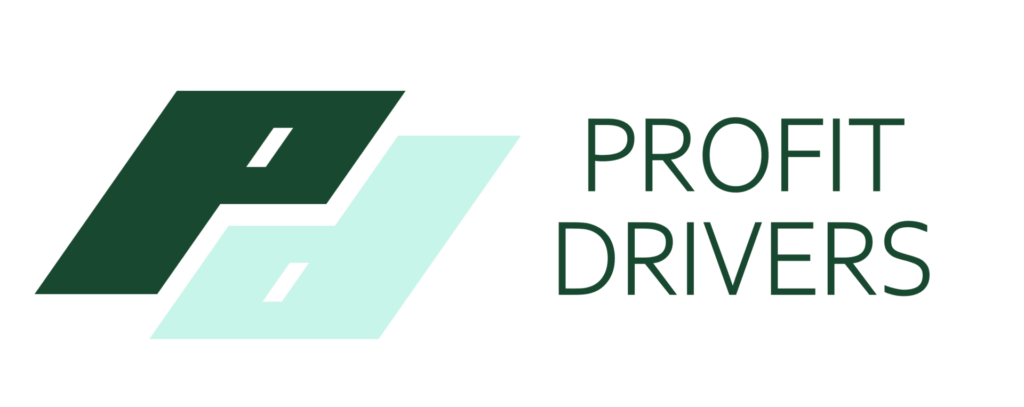Essential Lessons from a Pricing Expert: Strategies for Success
Over a Zoom call, I was catching up with a former colleague and reminiscing about our journey. I told him that, 18+ years ago, I would have bet my house that by now (2023) businesses would have solved the pricing equation, leveraging software, algorithms, and a few geeky people in a dark room making tweaks to the models.
In 2005, I was part of BP’s global oil company when it tasked me to design the delivery and future of tools, processes, and best practices. Throughout our journey in driving a more consistent capability across business worldwide we faced numerous trials; however, our hard work has ultimately culminated in us achieving success with transformative results!
As is typical in my career, I experienced a few speed bumps along the way. A particular vexing example was the reluctance of people to shift in certain regions. Additionally, my battle with technical issues between SAP and the Pricing software had me constantly on edge due to daily, business-critical pricing processes that caused concern from Business Unit and Transformation leaders who questioned whether it was even worth it after all the stress! Despite this struggle, however, I emerged victorious having learned difficult lessons as proof of my perseverance.
Despite the wealth of evidence to prove how valuable price, margin and revenue management are, businesses are still struggling with their implementation. To answer my naïve premise that “pricing would be solved by now,” I believe it is my duty to share a few thoughts as to why these programs fail, and a few suggestions on how to embed them into the business. I will address the same traditional framework of technology, process, and change management that we have been discussing for decades with a learned spin; some best practices to implement, pitfalls to avoid, and thoughts about the future of this field.
Good leadership support is everything
During my tenure at Stanley Black and Decker, Jaime Ramirez was an exemplary leader. He had remarkable clarity of thought, decisive action, and most notably he fully understood the impact that pricing has on business; this comprehension enabled us to reach our desired results faster than before. With his guidance, I was able to motivate other key players in the organization, making it easy for me to get their approval when trying to implement changes or transformations.
We produced an unsurpassed record of success and value delivery, so much so that the demand for tool capability had a sense of urgency. This could be both beneficial and damaging consequently; but if handled correctly, its worth will be remarkable.
Not every leader that we work with will be as assertive or self-assured when facing issues like those Jaime has. For instance, when revenues start to dip, some people may choose to sacrifice price and margin rather than make tough decisions. Similarly, if budget constraints become a problem for them, they may opt to reduce their spending on pricing tools instead of looking for alternative solutions; this indicates that they do not believe in the impactful potential of pricing models.
So, what do you do? I suggest starting with a small, use-case opportunity that is measurable. Put your full weight of experience and knowledge to work over a 60–90-day period. Take this opportunity to show what you can do if your team jointly focuses. Help the business to see that if this one thing can improve by 100-200 basis points, what could happen if it were applied across the whole business? These victories will create the momentum needed to get the support and investment. Leveraging good leaders or tackling challenges through influencing strategies are both successful paths.
“To be or not to be”
My family and I lived in London for five years while I worked on a global transformation project. London, as a city, is highly rich in culture with a history that has shaped our lives today, including the throwaway phrases we use. We spent time at the Shakespeare Globe Theater, which is a replica of the original.
A kiosk near the theater listed a plethora of classic expressions, one being Shakespeare’s famous “To Be or Not To Be” from Hamlet. Reflecting on this, ‘to be’ is an act of determining and understanding our future; establishing clarity about what lies ahead helps us focus on direction, action steps and progress.
But to be clear, defining that is no walk in the park. You will not solve this in a 2-day workshop with key stakeholders. While you can come to an agreement on key transformational changes, it will not be truly valuable until they are broken down into more concrete and detailed objectives. It is only then that you understand what needs to change in terms of process (who and how the work gets done), technology (the tools to do the job), and behavioral change (competencies and training required). This takes time, iterations, and a great deal of patience. But the payoff is a critically important building block for your transformation.
Bells and whistles are dangerous
The project can be derailed by the loud, yet unnecessary feedback from stakeholders that center around “nice to haves” or any similar bells and whistles. These desires could easily become a distraction and lead to missed expectations with key stakeholders. Many projects have been halted, never implemented, or extended beyond the patience of the business. Projects fail due to confusion between what is important and what is nice to have; it may sound simple enough, but it is tricky to handle.
Stakeholders are always open to discussing their needs and wants. To ensure a successful project, it is essential to fully understand the core objectives required for success—momentum being your biggest ally here. Ensure that the fundamentals of the business are executed perfectly before indulging in anything flashy; focus on what matters most—getting those day-to-day basics right!
This means no “Big Bang” projects with a long list of requirements and wants from the business; these projects have hundreds of potential failure points. So, I highly recommend that you build a project plan with Scrum, short phases in which you focus on the fundamental building blocks to success. In my experience, if you get those right, IT, key stakeholders, and end users all gain confidence. Don’t pass go until you have it. From there, you can move faster to meet the business needs and possibly a few wants, but be selective.
At the end of the day, this is practical stuff, not rocket science. However, it can be difficult when you get consumed by the pressure to get going, deliver tools, and transform to avoid the challenges.
Here are three keys to success:
- Good leadership skills to manage stakeholders’ expectations as well as IT.
- A clear understanding of our ‘To Be’ helps guide what is important so that you can manage expectations.
- Avoiding all the noise around bells and whistles. Focus on foundational success.
If you need help avoiding the pitfalls mentioned and implementing best practices, Profit Drivers is available for additional guidance.



